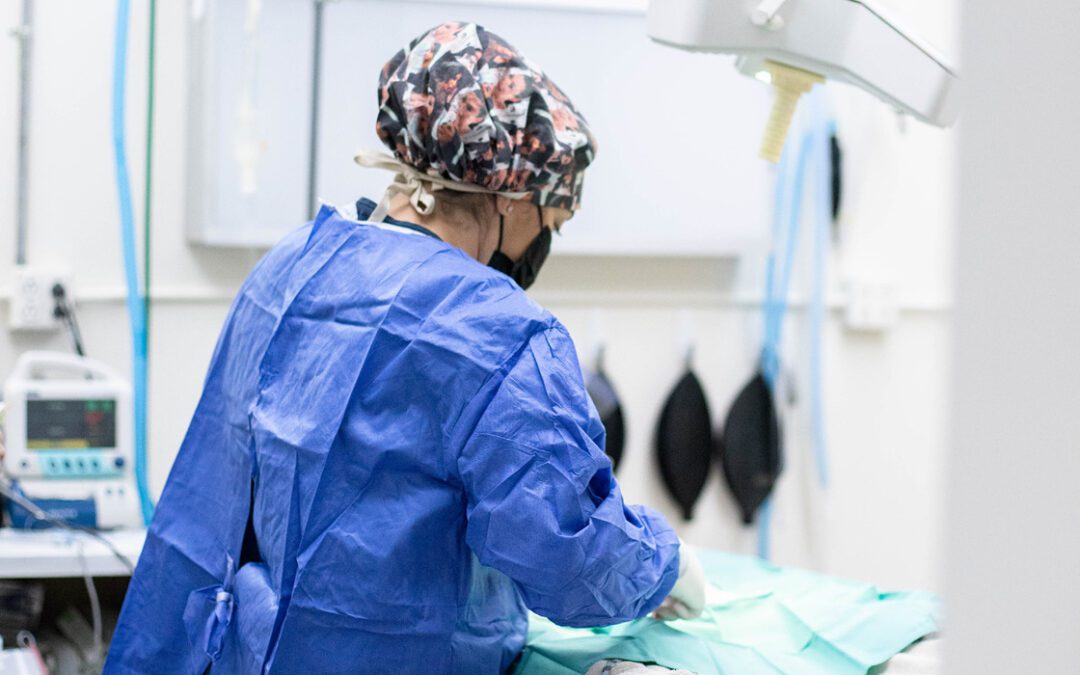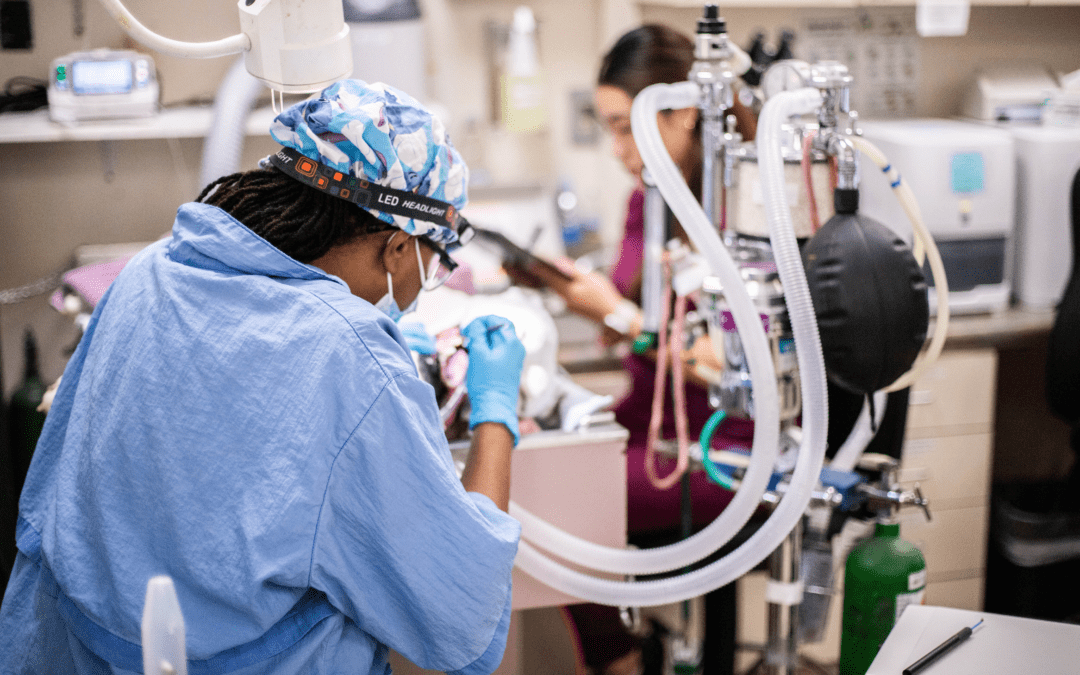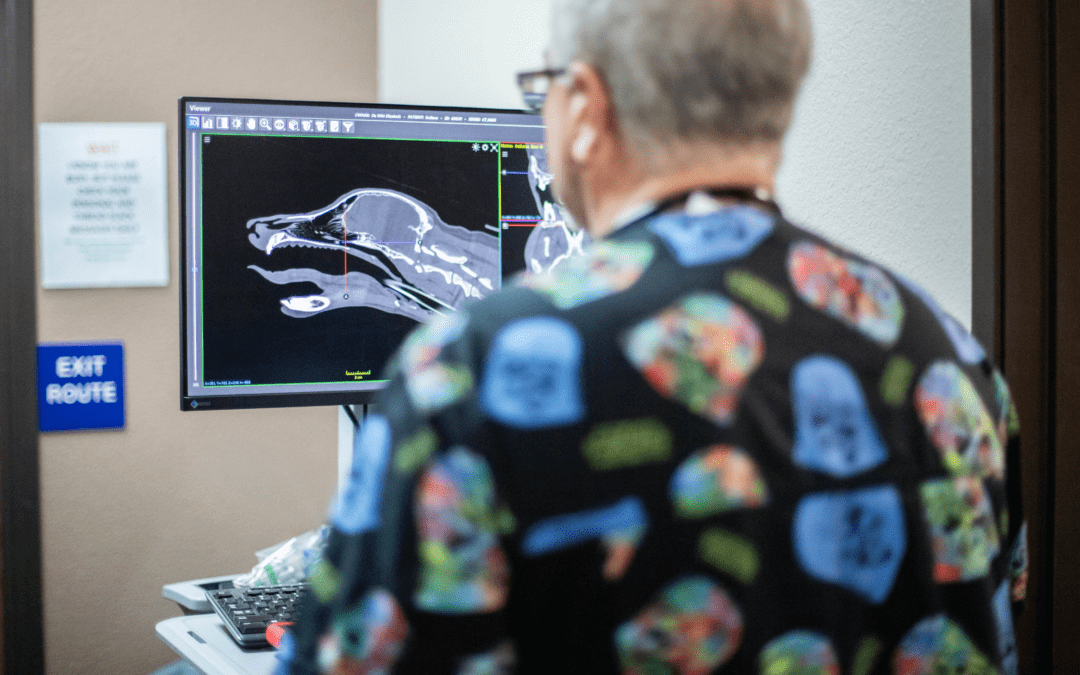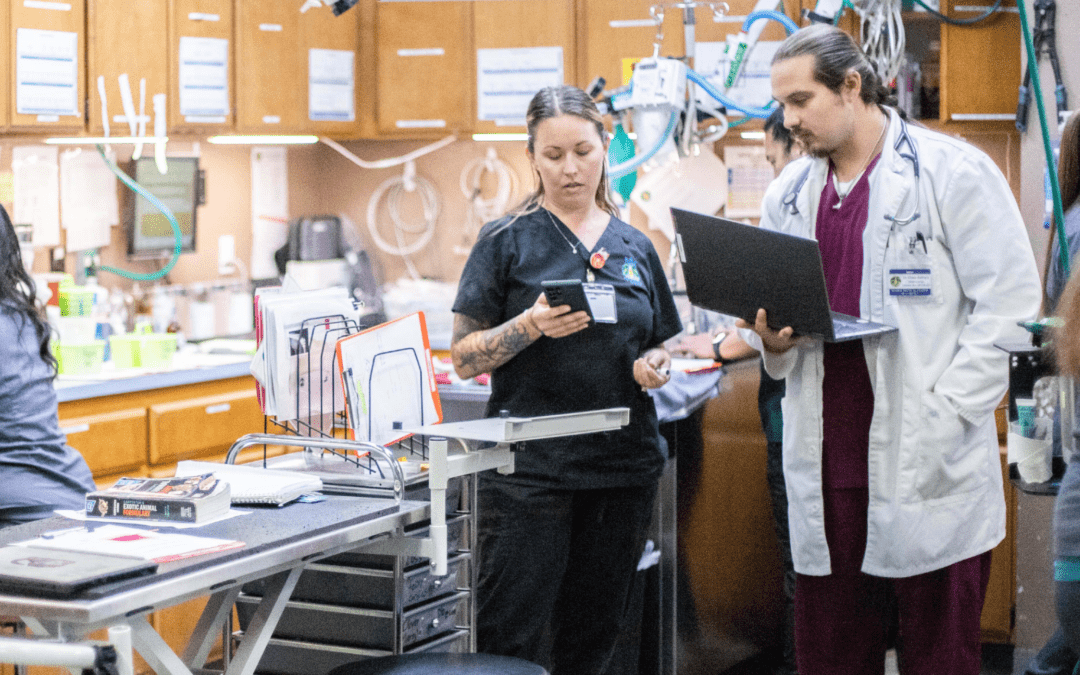Spaying and neutering cats and dogs is the number one way to tackle pet homelessness and overpopulation globally. According to the ASPCA, an estimated 6.3 million companion animals are placed in shelters in the United States every year. Getting your pet “fixed” not only helps to reduce overcrowding in shelters and saves lives, but it can actually improve your cat or dog’s quality of life.
What’s the Difference Between a Spay and Neuter?
An ovariohysterectomy is the medical term for spaying or the removal of the ovaries, fallopian tubes, and uterus. Sometimes vets perform an ovariectomy, which is the removal of the ovaries and fallopian tubes only. These procedures prevent a female cat or dog from getting pregnant and reproducing. An orchiectomy is the medical term for neutering or castration of a male and the removal of the testes. Both spaying and neutering are sometimes referred to as sterilization.
1. Improved Behavior
One of the major benefits of spaying or neutering your pet is improved behavior. Behavioral changes are usually noticed several weeks after surgery when your pet’s reproductive hormones have diminished. Owners report seeing a reduction in the frequency and intensity of the behaviors listed below:
- Roaming: Intact cats and dogs—those that have not been spayed or neutered—instinctively roam during a female’s heat cycle. Pets that roam are more likely to get lost, injured, preyed upon, or killed. Spaying and neutering reduces an animal’s tendency to disappear in search of a mate.
- Aggression: Intact male dogs can be aggressive and territorial when a female dog is in heat. They act on competitive urges by mounting or fighting with other dogs. Female dogs can also act aggressive and protective around their litters. Cats demonstrate similar territorial behavior. Intact male cats will be more active around a female in heat and fight. Spaying and neutering should diminish these reproductive behaviors entirely.
- Marking and spraying: Animals communicate their reproductive readiness through scent. Intact adult cats and dogs constantly mark territory with odorous spray or urination. A major benefit of spaying and neutering is a reduced tendency to mark and spray around the house, in yards, and in the neighborhood.
2. Extended Life Expectancy
Fixing your pet can reduce the chance of certain cancers like mammary tumors and eliminate the chance of developing ovarian, uterine, and testicular cancer entirely. Spayed dogs are also less likely to develop urinary tract infections or UTIs.
Intact cats that are unvaccinated or undervaccinated and allowed outdoors are at risk of acquiring numerous diseases and viruses. Outdoor cats, especially intact males which tend to fight over resources, have the greatest risk of acquiring non-curable FIV. FIV is transmitted through bite wounds and there is currently no commercially available vaccine for it in North America. Spaying and neutering will lessen the chances of pet cats encountering stray or feral feline populations with unknown vaccination histories and health statuses.
4. Financially Smart
Pet food, housing, and medical care are costly. An unplanned litter is a completely preventable expense. Caring for and homing an unplanned litter is significantly more expensive than the one-time cost of spaying or neutering a pet. If you are concerned about the cost of spaying or neutering your pet, your vet can discuss options with you. Some shelters offer voucher programs, which reduce the cost of the surgery at participating clinics. Other clinics accept CareCredit. There are a lot of community resources out there.
Pricing for spays and neuters vary by region. Spays generally cost more than neuters because the surgery requires going into the abdomen and a longer anesthesthetic procedure. Neuters are less invasive because the testes in cats and dogs are on the outside of the body, except for rare cases called “cryptorchids,” where one or both testes remain in the abdomen. In most cases, the recovery for a neuter is also less intensive.
After the Surgery
The recovery period following a spay or neuter is a critical time. Your veterinarian will provide information about how to care for your pet, like keeping them calm, quiet, and pain-free. Your vet will also instruct you on things to watch out for, like signs of infection. Often, the biggest issues that can complicate recovery are too much activity and licking or chewing at the incision site, which is why pets should be supervised and wear cones or E-collars.
Spaying and Neutering Is Worth It
Getting your pet spayed or neutered is worth it. You will reap the benefits of a healthier pet and a calmer dynamic in the home. Not only that, but you are saving lives by preventing pet overpopulation around the world.
See the power of PetDesk for yourself—for free
Save time and grow your business with custom websites and digital marketing, 24/7 error-free booking, a PIMS-VoIP phone system, plus a client engagement platform with a mobile app.






